🧠🤖 Deep Mind, Tsundoku & Galileo’s Moon
03 July 2022
Welcome back to the Week That Was series highlighting things from the interwebs which are interesting, noteworthy and/or probably worth your time.
Articles📝, Tweet(s)📱, Videos🎥, Charts 📈 all fair game with or without attendant commentary.
🎨 Clouds of Grey

clouds of grey, Wickson Tonde, graphite, 2022
🕰📼 Modern Retro
Once Appon a Time By Luli Kibudi



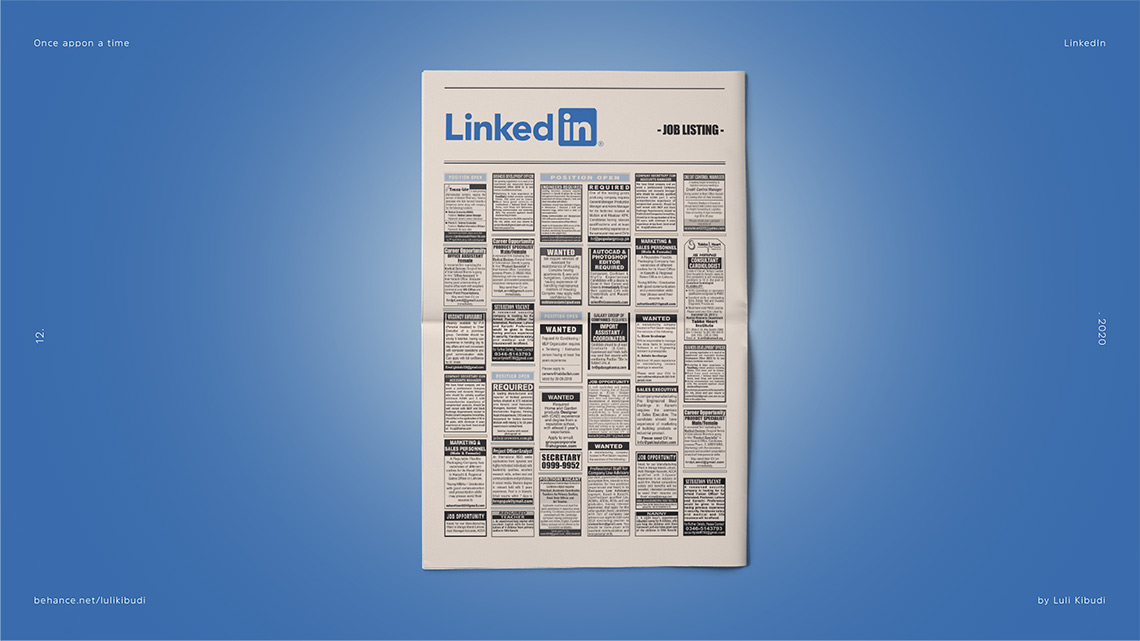




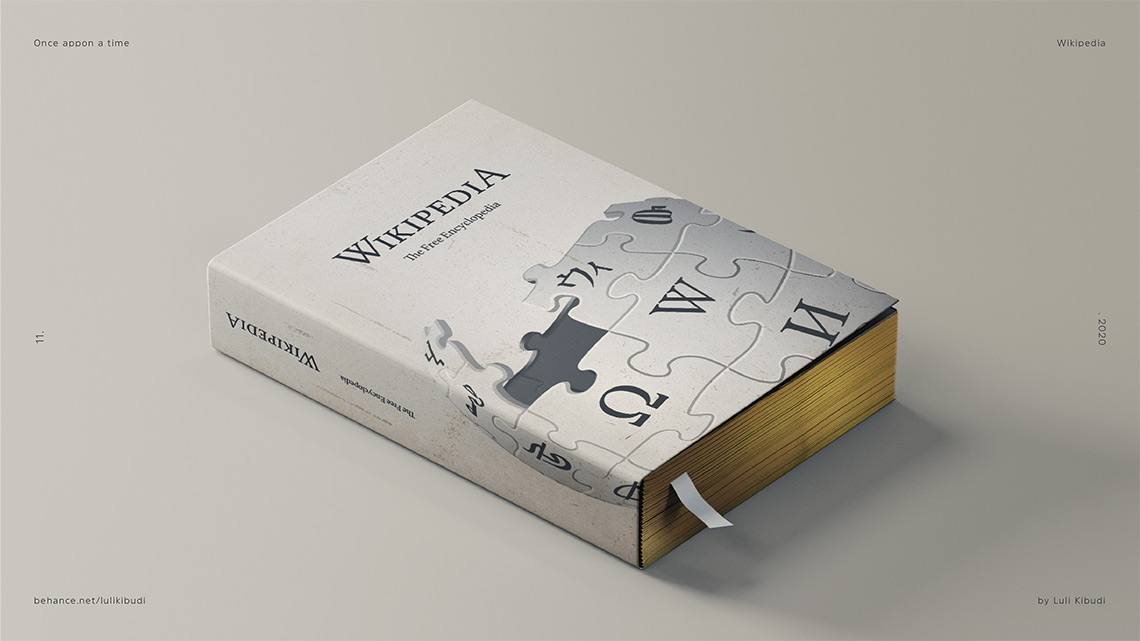


🚕 Gig Economy Creaking
Per Sarah O’Connor who authored the FT piece: 📰Farewell to the servant economy
Farewell to the servant economy. Unprofitable “on-demand” services like someone bringing a coke to your door gave people a sense of affluence in a decade of stagnant wage growth. But they were subsidised by investors, and now the money is drying up.
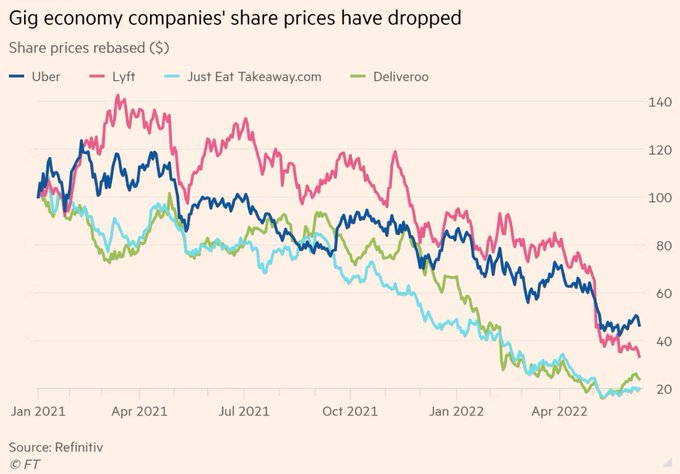
📰Farewell to the servant economy: ‘On-demand’ services might have made people feel wealthy, but now the model is in jeopardy.
Of course just looking at market capitalisations can’t possibly tell the whole story given the collapse in global markets across all asset classes and share sectors. However we’ve also seen an increase across the board, not just in Uber and Lyft rides but “new economy” players like AirBnB etc. There have been massive VC subsidies underpinning these business models in a bid to capture market share. Now that growth is plateauing - ala streaming services - extracting value from the captured user base is the natural next step.
🎯🧠 Texas Sharpshooter fallacy
The Texas sharpshooter fallacy is an informal fallacy which is committed when differences in data are ignored, but similarities are overemphasized. From this reasoning, a false conclusion is inferred. This fallacy is the philosophical or rhetorical application of the multiple comparisons problem (in statistics) and apophenia (in cognitive psychology). It is related to the clustering illusion, which is the tendency in human cognition to interpret patterns where none actually exist.
The name comes from a joke about a Texan who fires some gunshots at the side of a barn, then paints a shooting target centered on the tightest cluster of hits and claims to be a sharpshooter.
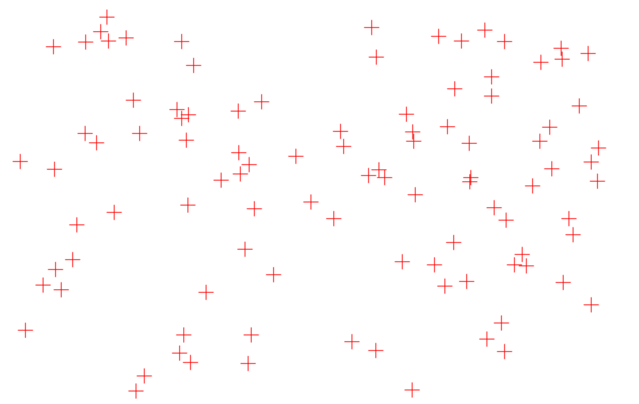
A set of 100 randomly generated coordinates displayed on a scatter graph. Examining the points it is easy to identify apparent patterns. In particular, random data points do not spread out but cluster, giving the impression of “hot spots” created by some underlying cause.
🎙️🤖 Deep Mind
From Scott Alexander
DeepMind on AGI (podcast transcript). Co-founder Shane Legg says that “maybe we will have an AGI in a decade”. Other co-founder Demis Hassabis says “I wouldn’t be super surprised in the next decade or two.” Hassabis also reveals that he’s asked Terence Tao about working on AI alignment (no sign Tao is interested).
📝DeepMind: The Podcast - Excerpts on AGI
Demis Hassabis also had a phenomenal conversation with Lex recently. They cover all manner of topics, from the Turing Test and Nuclear fusion to the Origin of life and AlphaFold.
📚 Goodreads
I’ve been an avid Goodreads user for quite a few years now, although it’s been a bit of a shame that after Amazon acquired them, they’ve barely moved the product forward for years now. Nonetheless, the site is ostensibly a service for user book recommendations and a platform to find and share these books, however it mainly just serves as a tracking tool and digital antilibrary for me.
I believe NN Taleb coined the term “antilibrary” (a collection of books that are owned but have not yet been read) and per Wikipedia, the concept is akin to what in Japan is known as tsundoku.

At least my book detritus is piling up in the cloud as opposed to in the house (to some degree…).
I saw this data recently, looking at Goodreads reviews by genre and gender. The explanation could be as simple as “women just read more than men”, and/or “women are prone to write public reviews of books more than men” but it seemed interesting nonetheless.

Anyway, if you’re on GR ➕add me
🔬🧫 Living Metal
Mathematics, physics, biology, alien life.
— Cliff Pickover (@pickover) April 29, 2022
"The behavior of ball bearings as they self-assemble under an electric field. They seem alive, reaching for each other to form emergent structures." Source: https://t.co/H1UssJwilv pic.twitter.com/hvvSmcyiLV
🚆 Moving Thousands
The numbers can be interpreted as a bit iffy but the message still stands.
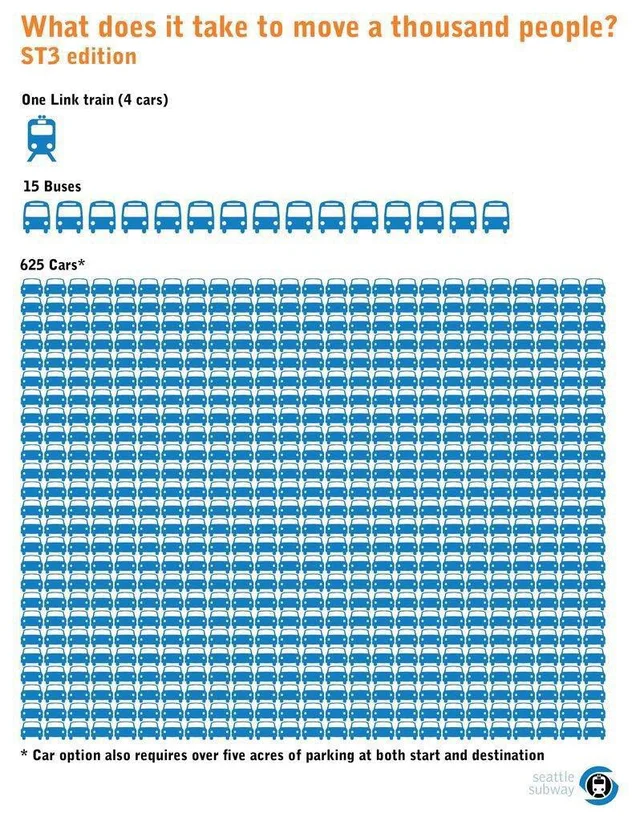
A 1979 advertisement for London transit showing how the city would look if built by American planners further driving the point home.

🍊📹 Qualia
I decided to jump back into the exurb1a rabbit hole and emerged with this gem on how sensory input “feels”.
“We have been to the moon, we have charted the depths of the ocean and the heart of the atom, but we have a fear of looking inward to ourselves because we sense that is where all the contradictions flow together.”– Terence McKenna
🧠📖 Mental Models
A couple of potential useful mental models from Alex Brogan:
The Rule of Three
”Whenever you’re trying to persuade a person to do something, always present 3 reasons. Not 2, not 4, but exactly 3.”
It gets people’s attention and most of us have been hard-wired to expect things in groups of 3—so it’s more persuasive.
Wendell Berry first challenged the idea that our advanced technological age is a good thing when he penned “Why I Am Not Going to Buy a Computer” in the late 1980s. Here is the PDF of that essay.
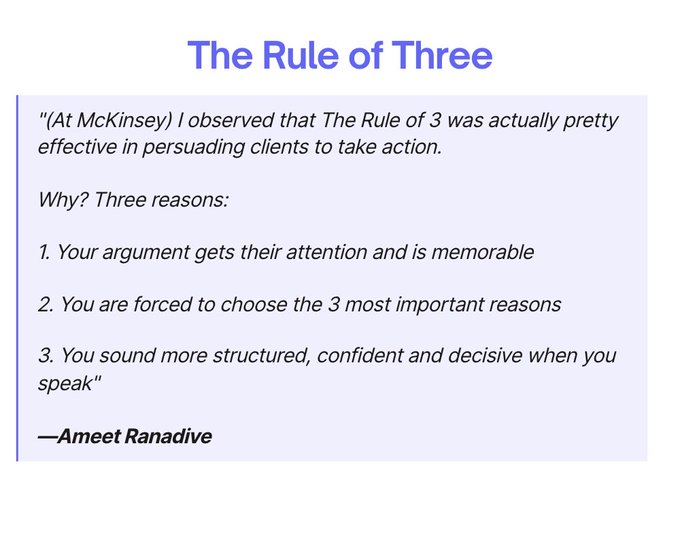
Small-World Phenomenon
The idea that every person has some indirect connection through a small set of connections to every other person—”6 degrees of separation.”
Short paths exist in abundance to the people you want to meet if you’re willing to search.
Morphological Analysis
A powerful form of problem-solving and creativity that involves ‘decomposition’ followed by ‘forced association.’
Decomposition: Breaking something down to its component parts.
Forced association: Combining things that haven’t been combined before.

Hedonic Adaptation
We quickly return to a relatively stable level of happiness despite positive or negative events or life changes.
Hedonic adaptation helps protect us from staying depressed forever, but at the same time, keeps us tamed after positive events.
Thinking Gray
To avoid confirmation bias, remember to ‘think gray’ when making decisions.
That is, resist the temptation to form an opinion about a decision until you’ve heard all the relevant facts and information.
Understand the black and understand the white.

Poliheuristic Decision Theory
People apply heuristic shortcuts in their initial consideration of decision options but act rationally thereafter.
We use mental shortcuts to decide what’s possible, and then use an expected utility or cost-benefit analysis to decide what’s best.

📚💪🏽 Knowledge Wins

🌕🔭 Galileo’s Moon
In 1610, Italian astronomer Galileo Galilei looked up at the heavens using a telescope of his making. And what he saw would forever revolutionize the field of astronomy, our understanding of the Universe, and our place in it.

These are some of Galileo Galilei’s first moon drawings after having seen it through his telescope back in 1610.


Galileo’s Sidereus Nuncius (“Starry Messenger”) shared the discoveries he made of Jupiter with his telescope

Diagram of Galileo’s refractor telescope, from the same tome

Incidentally Ethan Siegel outlines in this Big Think article that Carl Sagan’s famous estimate of “billions and billions” of galaxies in the known universe some 40 years ago - was considerably way off from our current understanding. Per the writeup:

If you take the deepest image ever created of the distant Universe, the Hubble eXtreme Deep Field, and extrapolate over the whole sky, you’d estimate there were ~170 billion galaxies in the observable Universe.
However
A detailed theoretical simulation predicted far more faint, small galaxies than we’ve seen, upping the expected total to closer to 2 trillion
Even this previous analysis appears to be conservative however, with recent observational evidence showing that instead there are closer to between 6 and 20 trillion galaxies out there. Given galaxies have on the order of 100 billion stars each - the vastness of space is truly jaw-dropping and incomprehensible.
Even so, at smaller scales we continue to witness wonders. Per Paul Byrne
See that ring? That’s the circumstellar disk around PDS 70, a star 370 light-years from Earth. And that bright spot to the right is a new planet being born—a planet the size of Jupiter.

Which has its own circumplanetary disk… where moons are being born.

Lastly
🎨 Lost Email

Lost Email, Anthony Lombardo, Digital, 2022
💬 Deep Cuts
“But even in my life I saw the leaching of spirit. A surfeit of honey cloys the tongue; a surfeit of wine addles the brain; so a surfeit of ease guts a man of strength. Light, warmth, food, water, were free to all men, and gained by a minimum of effort. So the people of Ampridatvir, released from toil, gave increasing attention to faddishness, perversity, and the occult.” ― Mazirian the Magician, The Dying Earth by Jack Vance
💄🖌️ One More Thing
Cinematic zoom.pic.twitter.com/ehPD76whsu
— Figen (@TheFigen_) August 23, 2023
📧 Get this weekly in your mailbox
Thanks for reading. Tune in next week. And please share with your network.
Links The Week That Was Pickings
fa17eab @ 2023-09-18